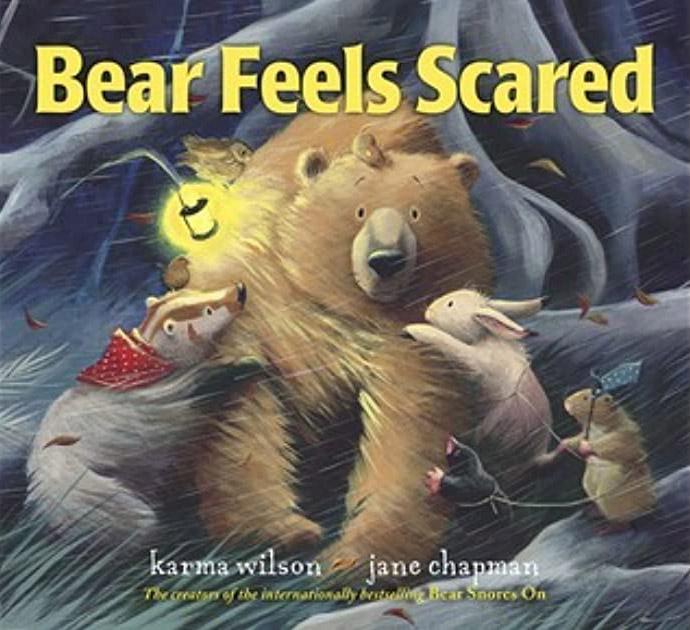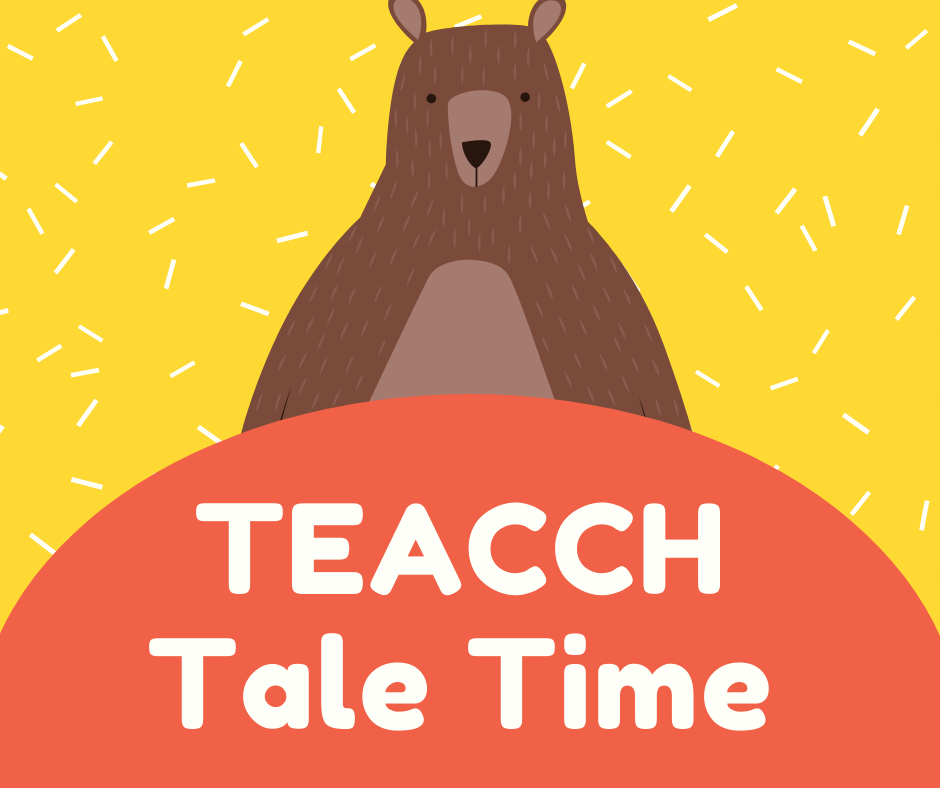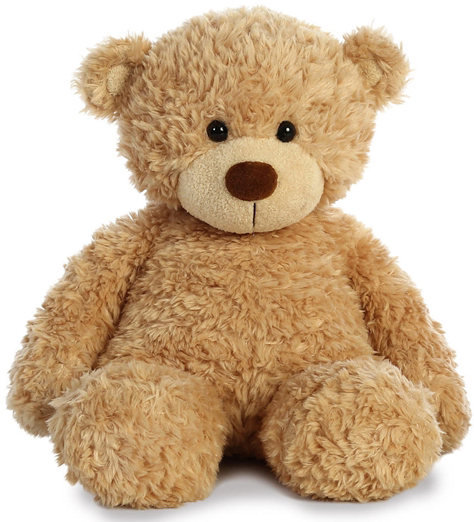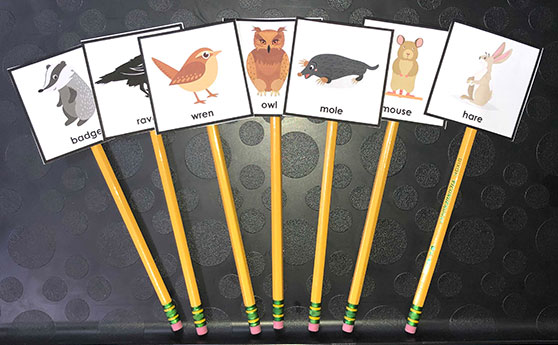TEACCH Tip#15 – Helping Children Express Their Feelings
 It can be difficult for children with ASD to express their feelings, particularly negative feelings. The featured book, Bear Feels Scared, is about feeling scared, feeling safe, and how friends can help us feel safe when we have been scared. We have developed some visual supports to add structure to the reading of this story and to help discuss feelings like scared and safe with your child.
It can be difficult for children with ASD to express their feelings, particularly negative feelings. The featured book, Bear Feels Scared, is about feeling scared, feeling safe, and how friends can help us feel safe when we have been scared. We have developed some visual supports to add structure to the reading of this story and to help discuss feelings like scared and safe with your child.
Children often process the storyline best when they make connections to their own experiences. Sometimes having them act out the story helps them to connect the storyline to their experiences.
 Click here for the companion TEACCH Tale video. Ashley Hester, Ph.D. from Raleigh TEACCH reading and using visuals for Bear Feels Scared for TEACCH Tales
Click here for the companion TEACCH Tale video. Ashley Hester, Ph.D. from Raleigh TEACCH reading and using visuals for Bear Feels Scared for TEACCH Tales
| Use pictures, figurines, dolls, or stuffed animals to represent characters to help “act out” the story as you read.
Watch video for examples. |
 |
 |
It may be helpful to tape the character pictures to pencils or popsicle sticks to make them easy to manipulate so that the child can act out the story similar to the concept of a puppet, as you read the story.
Watch video for examples. |
- Some children will have a greater understanding with three-dimensional character representatives (e.g., dolls, figurines, stuffed animals).
- Encourage your child to hold a figurine and help them move the figurine when that character speaks or acts in the story. You may use gestures or put your hand on theirs to help them move their character.
- You can have the child pick a character from the story and move the character when it is saying or doing something in the story.
| After reading the story, use visuals (such as feelings cards) to help the child make connections between situations and his feelings. For example, after reading Bear Feels Scared, use pictures to help your child fill in the blanks:
“When ___________, I feel ______________.” or “I feel ____________. I want to ____________.” |
 |
 |
Help the child with the connection by filling one of the blanks for them. For example, “When ________, I feel __
Scared” Or, “When __the iPad breaks__, I feel _________.” |
Fill in the blanks about yourself so that you child knows that you have feelings about things too. Look for things that make you both feel the same way. Look for differences.
Helpful Hints:
When reading the story
- If your child has difficulty sitting still and listening, use that to your advantage! Have them get up and act out parts of the story. Have them flap their wings like Owl, Wren, and Raven searching for Bear. Have them shake their body when “Bear trembles in the wind.”
- Hide Bear somewhere in the room and have them look for Bear when all the friends go search. At the end of the story, when Bear is snuggled with his friends feeling safe, snuggle with your child and a comfort item they have.
When discussing feelings
- Personalize the visual aids with hand drawn pictures, Google image, clip art, photos, or objects from your home to fill in the blanks of situations that cause your child to experience different feelings. For example, if your child has a specific stuffed animal, blanket, or comfort item, use that for “______ I feel safe.”
- Make connections between things that make your child feel safe and things they can do when they are scared to feel better. You can prompt them through this. For example, if they put, “loud noise I feel scared” And “teddy bear” I feel safe,” you might then help them fill in “When I feel scared, I want to get my teddy bear.”
Downloadable Materials
Bear Feels Scared character visuals and feelings cards